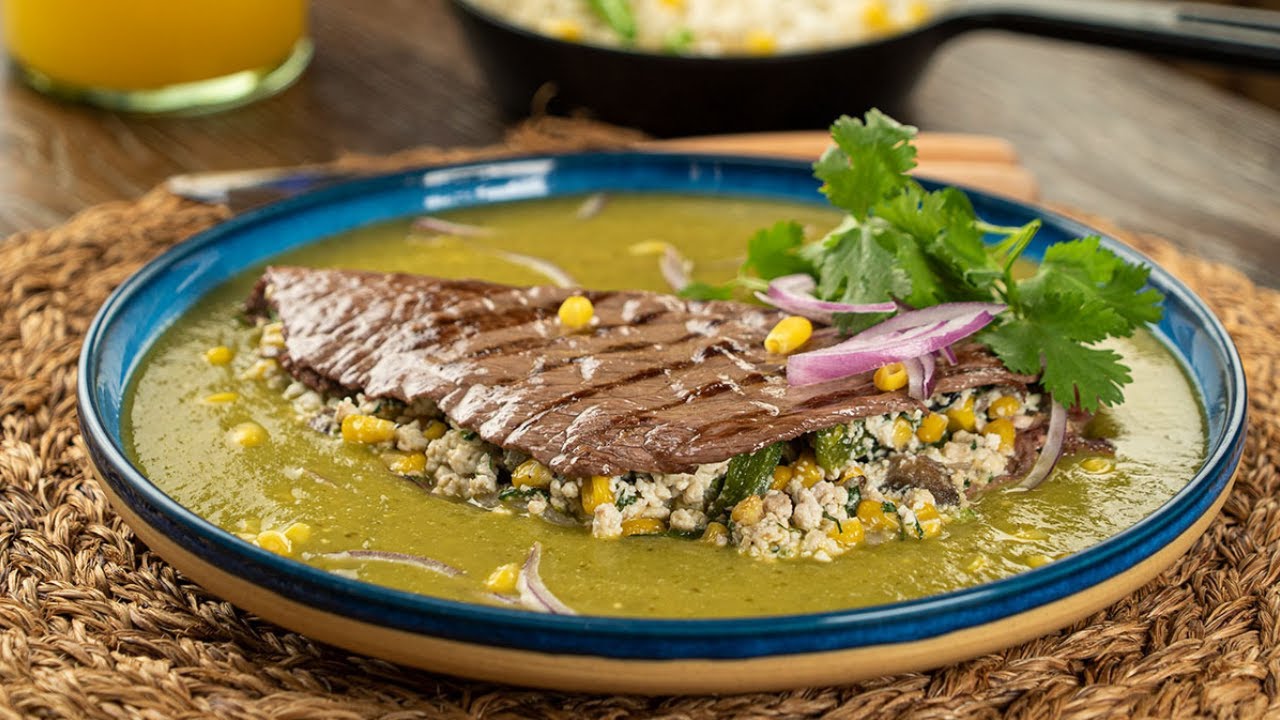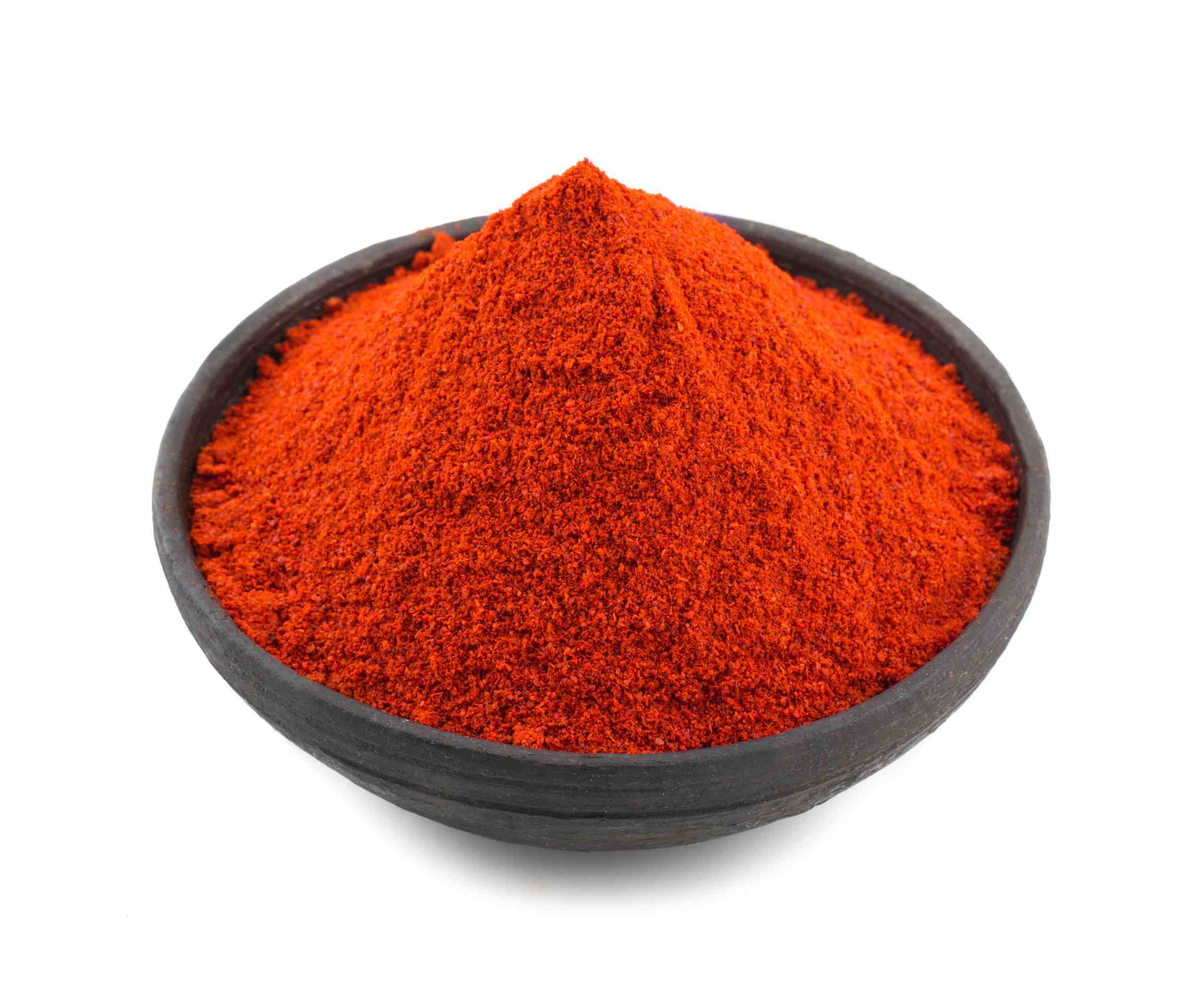The Difference Between Red Lentils and Green Lentils
Lentils are a popular and nutritious legume that come in various colors, with red and green being two of the most common varieties. While they may look similar, there are some key differences between red lentils and green lentils that can impact their taste, texture, and best uses in cooking.
Color and Appearance
As their names suggest, the main difference between red lentils and green lentils lies in their color. Red lentils are a vibrant orange-red color, while green lentils have a more muted green or brownish hue. In terms of size, red lentils are generally smaller and split, while green lentils are larger and often whole.
Flavor and Texture
When it comes to flavor, red lentils are known for their mild, slightly sweet taste, while green lentils have a more earthy and peppery flavor. In terms of texture, red lentils tend to break down more easily when cooked, making them ideal for soups, stews, and curries. On the other hand, green lentils hold their shape better and have a firmer texture, making them suitable for salads, side dishes, and casseroles.
Nutritional Content
Both red and green lentils are highly nutritious and packed with essential nutrients. They are an excellent source of protein, fiber, and various vitamins and minerals. However, there are some slight differences in their nutritional profiles. For example, red lentils tend to have a slightly higher amount of carbohydrates and lower amount of fiber compared to green lentils.
Cooking Methods
Due to their different textures, red and green lentils are best suited for different cooking methods. Red lentils cook relatively quickly and tend to turn mushy when overcooked, so they are perfect for dishes that require a creamy consistency, such as dals and purees. Green lentils, on the other hand, hold their shape well even after cooking, making them suitable for dishes where you want the lentils to retain their individual texture.
Best Uses in Cooking
Understanding the differences between red and green lentils can help you choose the right type for your culinary creations. Here are some common uses for each:
- Red Lentils:
- Curries and stews
- Soups and dals
- Purees and dips
- Green Lentils:
- Salads and side dishes
- Casseroles and pilafs
- Veggie burgers and meatless meatballs
Conclusion
While both red and green lentils are nutritious and versatile, their differences in color, flavor, texture, and best uses in cooking make them unique in their own right. Whether you’re whipping up a comforting soup or a hearty salad, understanding the characteristics of each type of lentil can help you elevate your dishes and make the most of these wholesome legumes.
Next time you’re at the grocery store, consider picking up both red and green lentils to experiment with their distinct qualities and discover new and exciting ways to incorporate them into your meals.











